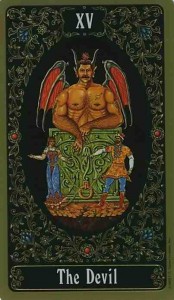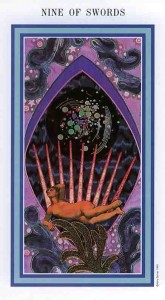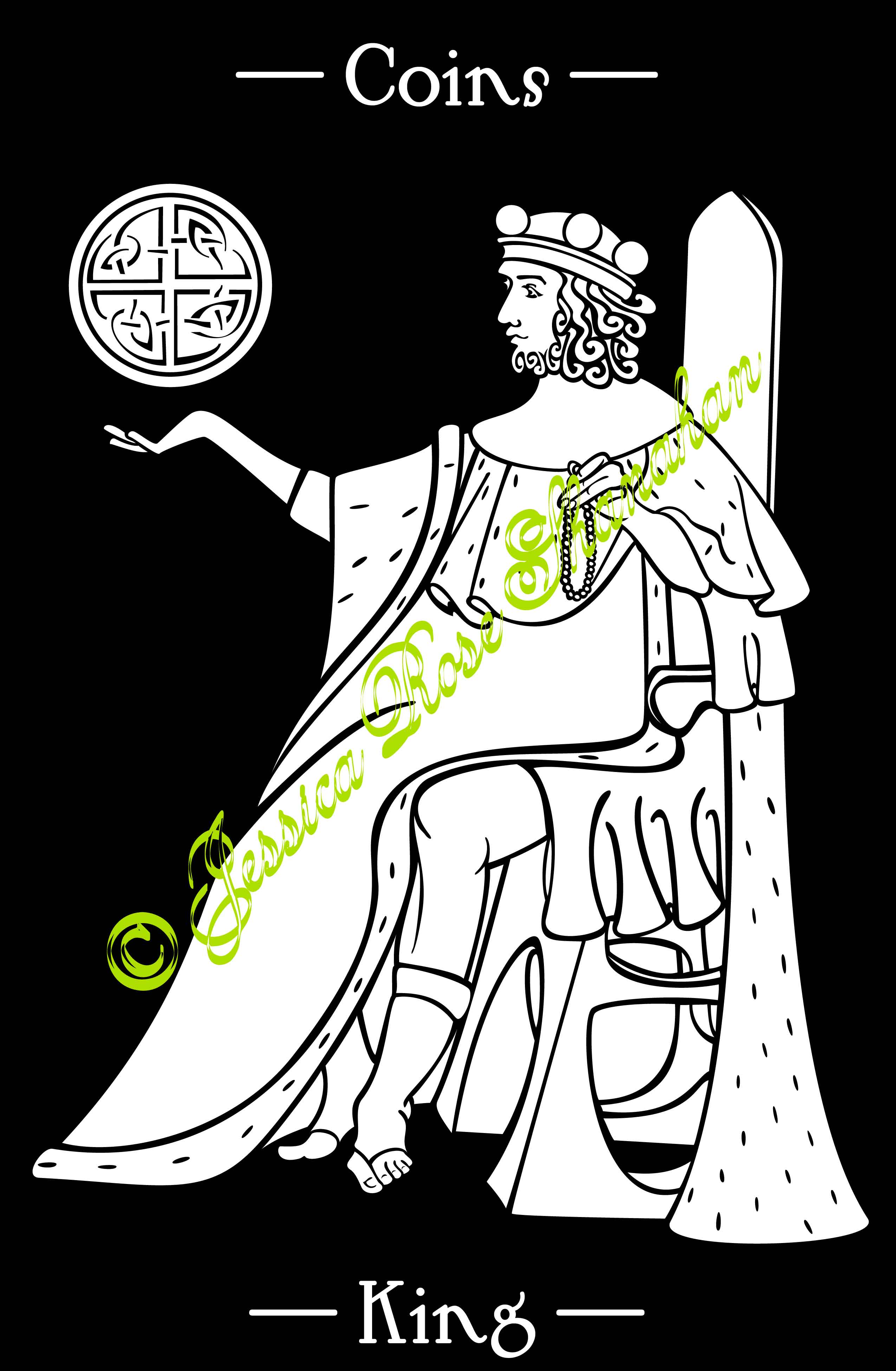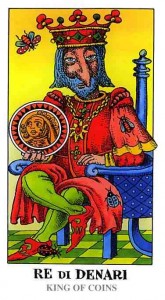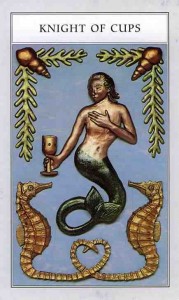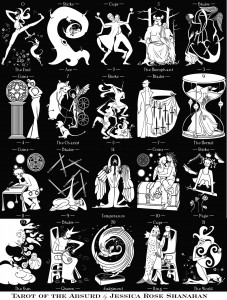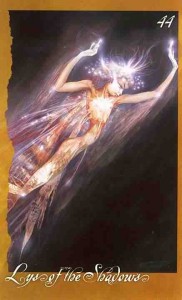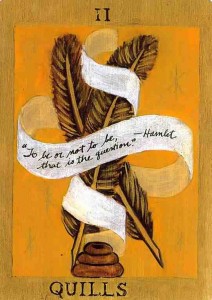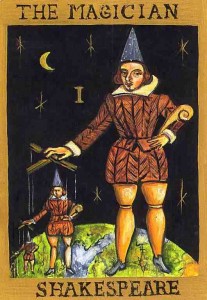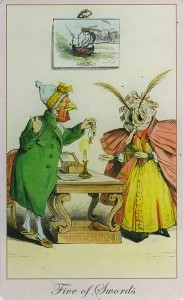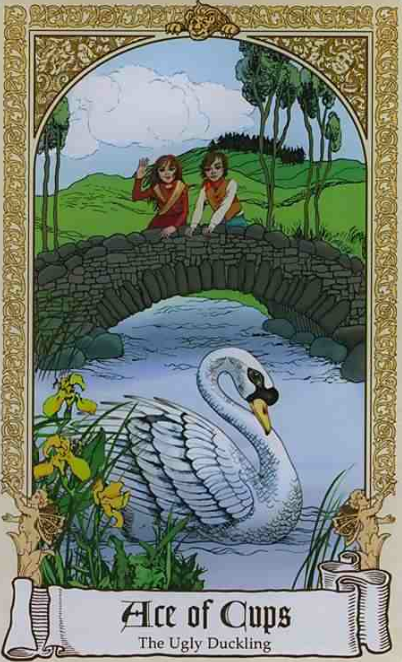 Written & Designed by Karen Mahoney
Written & Designed by Karen Mahoney
Illustrated by Alexandr Ukolov, Baba Studio
Artwork by Irena Třískov
Feeling nostalgic for an era ended not long ago— five months, to be exact— I said, “Tell me something about climbing trees.” The deck showed me the Ace of Cups.
Keywords & phrases: Being open to new creative beginnings • Bursting with life and passion • Accepting love and affection • Exhilaration about imaginative or artistic projects.
“The Ace of Cups shows us a moment of emotional openness and new beginnings. It’s a card that signals the possibility of new connections with people or with things that arose strongly positive feelings in us. It tells us to accept, rather than analyse, these emotions, and to be glad of the flood of warmth and companionship that they bring.”
The Ace of Cups represents the beginning of love, happiness and compassion. It can indicate the start of a new relationship, the sort in which two souls connect and leave each feeling good about themselves and life in general. It is a card of giving and accepting love unconditionally.
Climbing trees was a love. I loved it. I loved the movement and structure of the tree, the physical exhilaration, mastering the skills necessary to perform my job, and the view from the top. I love trees. Climbing trees is something I am letting go of right now in order to make space for my baby. Although it was my favorite job I ever had, I am not certain I would want to climb for a living in the future. I feel protective. I want to seek out something more subdued and nurturing. I no longer need to prove myself master of a man’s trade. This leaves me nostalgic. Nostalgia is not all bad, though. I know sometime in the future I will be nostalgic for today— the time that is now— when I am newly through with climbing trees and open to whatever this new venture of motherhood brings to me.




